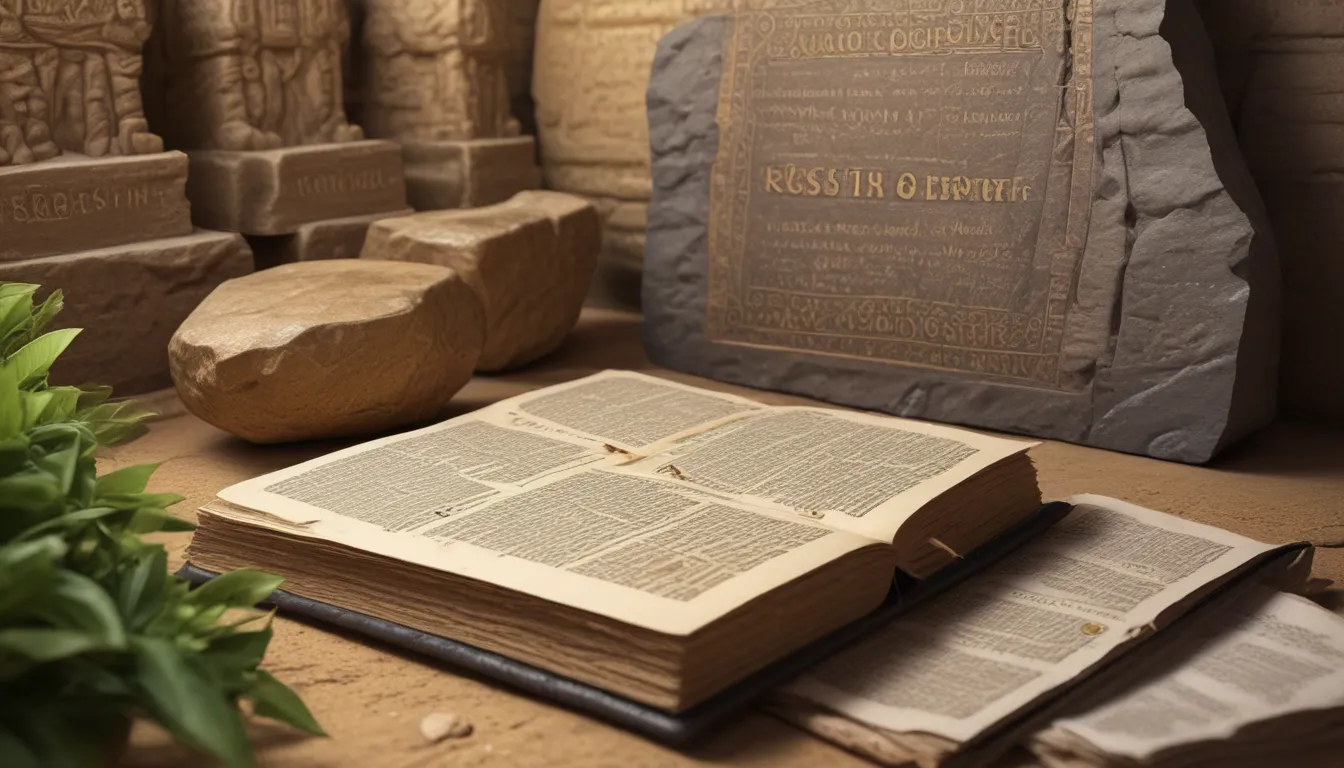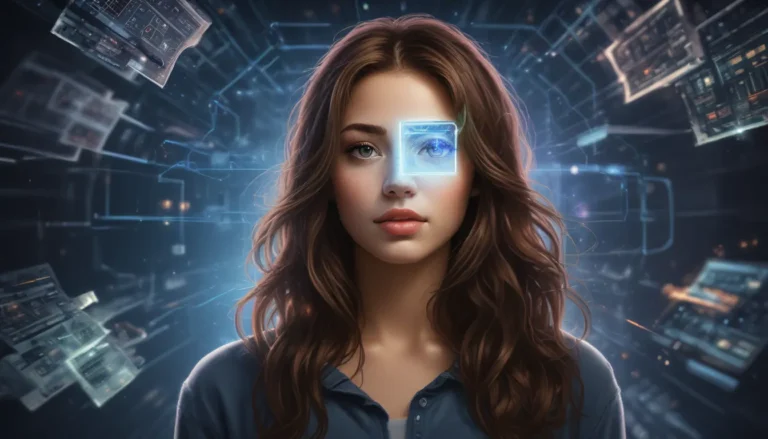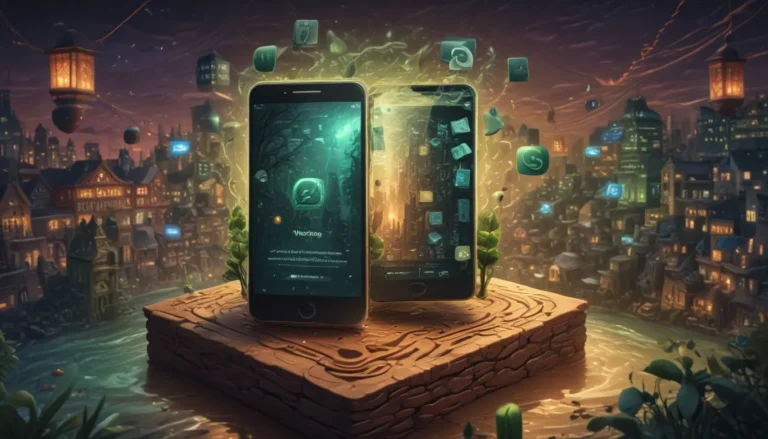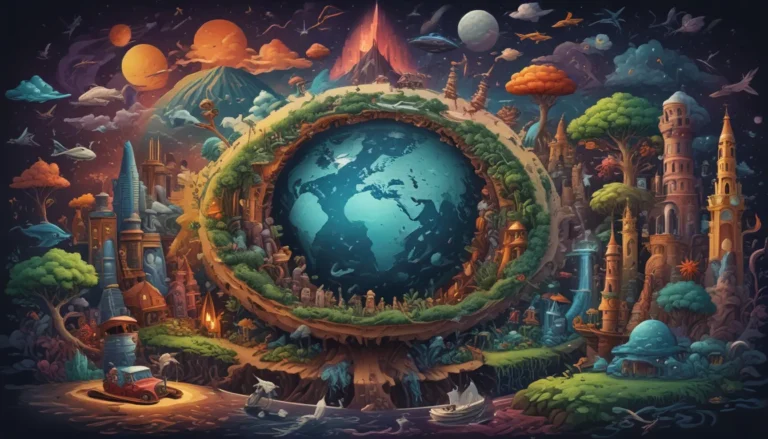A Note About Images: The images used in our articles are for illustration purposes only and may not exactly match the content. They are meant to engage readers, but the text should be relied upon for accurate information.
Rosetta Stone, the groundbreaking language learning software, has redefined the way people acquire new languages. Its advanced technology and immersive teaching methods have made it a household name in language education. But beyond its reputation lies a treasure trove of astonishing facts that showcase its impact on the world of education. From its historical origins to its influence on pop culture, Rosetta Stone’s journey is a fascinating one filled with hidden gems waiting to be discovered. Let’s embark on a journey to uncover the remarkable history and significance of this iconic language learning tool.
Unveiling the History of the Rosetta Stone
The Rosetta Stone, a renowned archaeological artifact, was discovered in 1799 and played a crucial role in deciphering hieroglyphs. This ancient Egyptian stele, inscribed with three versions of the same text, led to the decipherment of Egyptian hieroglyphs. Found by French troops during the Napoleonic Wars in Egypt, the Rosetta Stone features a decree issued at Memphis, Egypt, in 196 BCE, written in Ancient Egyptian hieroglyphs, Demotic script, and Ancient Greek. This pivotal discovery paved the way for the understanding of ancient Egyptian culture and language.
The Legacy of the Rosetta Stone
Since its discovery, the Rosetta Stone has been a symbol of decipherment and cultural exchange. Held in the British Museum since 1802, this 760-kilogram artifact continues to attract millions of visitors from around the world. Its immense size, made of granodiorite, and its intricate inscriptions make it a captivating piece of history. Despite the damage suffered over time, the stone remains one of the most important archaeological artifacts, offering valuable insights into the ancient world.
Decoding Hieroglyphs: The Impact of the Rosetta Stone
The decipherment of Egyptian hieroglyphs, made possible by the Rosetta Stone, was a monumental achievement in the field of linguistics. French scholar Jean-François Champollion’s breakthrough in 1822 paved the way for a deeper understanding of ancient Egyptian writings. The stone’s inscriptions, though damaged, continue to provide researchers with valuable information about the language and culture of ancient Egypt. Its influence transcends academia, inspiring various cultural references in literature, film, and popular culture.
From Past to Present: Rosetta Stone’s Enduring Legacy
Despite centuries of wear and tear, the Rosetta Stone remains a symbol of resilience and discovery. Its journey from ancient Egypt to the British Museum is a testament to human ingenuity and the power of language. As debates continue about its repatriation to Egypt, the stone’s influence on language education is undeniable. From physical replicas in Egypt to digital versions accessible online, the Rosetta Stone continues to inspire language enthusiasts worldwide.
FAQs: Exploring the World of Rosetta Stone
- How does Rosetta Stone work?
-
Rosetta Stone uses a combination of text, image, and sound to teach language skills through immersive techniques. It focuses on developing reading, writing, listening, and speaking abilities in a natural and intuitive way.
-
How long does it take to become fluent using Rosetta Stone?
-
The time to fluency varies based on dedication, prior knowledge, and regular practice. However, the program aims to achieve conversational fluency within a few months of consistent use.
-
Can Rosetta Stone help with pronunciation?
-
Yes, Rosetta Stone emphasizes pronunciation and uses speech recognition technology to provide feedback on accuracy. Practice activities are tailored to improve speaking skills.
-
Can I use Rosetta Stone on my mobile device?
-
Absolutely! Rosetta Stone offers mobile apps for iOS and Android devices, providing a seamless learning experience on the go.
-
Is Rosetta Stone suitable for children?
- Yes, Rosetta Stone offers language programs designed for children with engaging activities and age-appropriate content, making language learning fun and interactive for young learners.
In conclusion, Rosetta Stone’s impact on language education is undeniable. From its historical roots to its modern-day applications, this iconic language learning tool continues to empower individuals to unlock a world of opportunities through language acquisition. As you delve into the world of Rosetta Stone, remember that language is not just a means of communication but a gateway to new experiences, connections, and understanding. Embrace the journey of language learning with Rosetta Stone and let the adventure begin.






